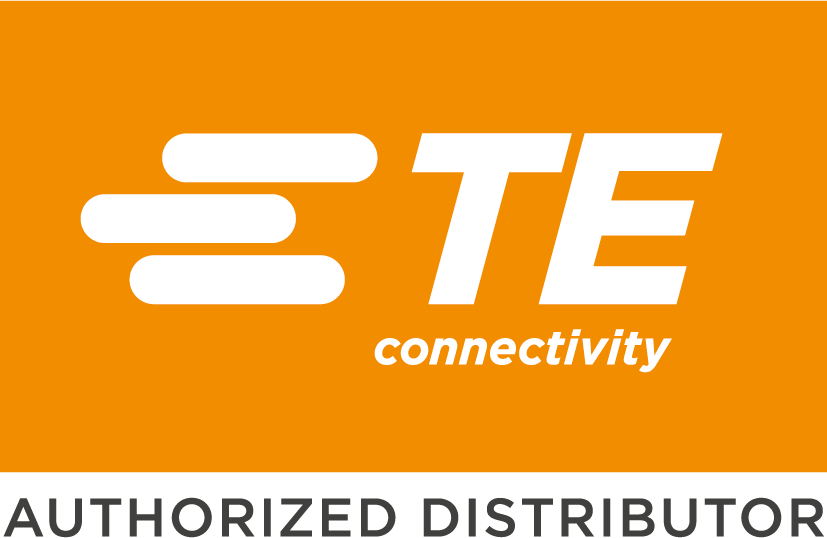
TE Connectivity AMP Connectors
TE Connectivity AMP Connectors is a globally recognized company that specializes in the design, manufacturing, and distribution of electrical connectors and interconnect solutions. With a rich history spanning numerous decades, the company has established itself as a trusted provider of innovative connectivity solutions. Offering an extensive range of products such as connectors, terminals, cables, antennas, sensors, and more, TE Connectivity AMP Connectors caters to diverse industries including automotive, aerospace, telecommunications, industrial equipment, and consumer electronics. The company's unwavering commitment to quality and customer satisfaction is evident in its stringent manufacturing processes and adherence to international standards. TE Connectivity AMP Connectors strives to deliver high-performance, reliable, and durable products that meet the demanding requirements of various applications. TE Connectivity AMP Connectors remains at the forefront of technological advancements through its focus on research and development. By investing in cutting-edge technologies and fostering collaboration with industry partners, the company ensures that its products are innovative and capable of addressing evolving customer needs. In addition to its broad product portfolio, TE Connectivity AMP Connectors provides comprehensive technical support and consultation services. These offerings assist customers in selecting the most suitable solutions for their specific requirements. With a global presence, the company serves a diverse customer base across different regions. Overall, TE Connectivity AMP Connectors is a reputable and esteemed leader in the field of electrical connectors and interconnect solutions. Its dedication to innovation, quality, and customer satisfaction continues to contribute to the advancement of technology worldwide.
Triac, SCR Output Optoisolators
Results:
Results remaining:0
Applied Filters:
TE Connectivity AMP Connectors
No data |
About Triac, SCR Output Optoisolators
Triac and SCR output optoisolators are electronic devices that enable the bi-directional or unidirectional control of an AC (alternating current) source while ensuring electrical isolation between the control circuit and the load circuit. They are commonly used in applications where precise control of AC power is required, such as in dimming circuits, motor control, and power switching. These optoisolators consist of an LED (Light-Emitting Diode) optically coupled to a photodiode within a single device package. The LED emits light when current flows through it, and this light is detected by the photodiode. The photodiode then controls the gate of the Triac (Triode for Alternating Current) or SCR (Silicon Controlled Rectifier), which are semiconductor devices used for controlling AC power. In addition to providing electrical isolation, some optoisolators designed for AC power control may include zero-crossing circuitry. This circuitry ensures that the Triac or SCR is triggered at the point where the AC voltage waveform crosses zero. This helps minimize electrical noise and reduce stress on the components during switching operations. When selecting Triac and SCR output optoisolators, several parameters need to be considered. The on-state current rating specifies the maximum current that can flow through the Triac or SCR when it is in the conducting state. The forward voltage indicates the voltage drop across the LED when it is illuminated. The turn-on time refers to the time taken for the Triac or SCR to switch into the conducting state once the photodiode receives the control signal. Lastly, the mounting type specifies the physical configuration of the optoisolator package, such as through-hole or surface mount. In summary, Triac and SCR output optoisolators allow for the controlled switching of AC power while ensuring electrical isolation between the control and load circuits. They consist of an LED optically coupled to a photodiode, with the photodiode controlling the gate of the Triac or SCR. Some optoisolators may also include zero-crossing circuitry. When selecting these optoisolators, factors such as on-state current, forward voltage, turn-on time, and mounting type should be taken into consideration.
